Military Shapes Conditions for Peace
 |
| As part of Africa Partnership Station (APS), a U.S. sailor helps a Senegalese sailor repair a radar on a Senegalese ship. One element of the U.S. Navy’s Global Fleet Station, the APS creates a persistent presence to provide sustained, focused training and collaboration on a regional scale to maritime partners in West and Central Africa. This type of partnership is an example of how elements of the military’s side of the cooperative security concept already are taking place. |
While most military planning focuses on how to win wars, a concept developed by forward-thinkers in the joint world is honing methods to prevent them. Dubbed cooperative security, the plan aims at helping countries with struggling governments and economies so they do not fall victim to internal conflict or become tempted to open their doors to terrorists. Its creators willingly acknowledge that not only would it be impossible for the armed forces to bring about the desired stability on its own, it would be foolish for them to even try to go it alone.
The formalized document, titled “The Military Contribution to Cooperative Security,” is the brainchild of the U.S. Joint Forces Command’s (JFCOM’s) Joint Concept Development and Experimentation Directorate (J-9),
Rear Adm. Dan W. Davenport, USN, director, J-9, JFCOM, explains that nearly two years ago, the U.S. Defense Department recognized that it did not have a concept that covers its geographic combatant commanders’ day-to-day efforts that could lead to a more stable security environment. The department sought concept proposals describing these activities, and JFCOM and EUCOM offerings were so similar that the Joint Staff directed the two to partner to create the final concept. In many ways, the joint operating concept essentially documents and institutionalizes what the military services have been doing for quite some time, the admiral allows.
Adm. Davenport describes cooperative security as the set of continuous, long-term, integrated actions that involve a broad spectrum of government, nongovernmental and international partners that help maintain or enhance stability in a country. Taking these actions could mitigate or prevent crises and would facilitate assistance operations when crises occur, he says.
The concept focuses on steps a joint force commander might take as part of a unified action to advance
The fundamental need for interagency as well as multinational collaboration is one reason EUCOM’s contribution to the concept is so important. “They bring to bear a broad range of experience with partnerships and capacity building. They have a long history with a relatively sophisticated NATO alliance. They’ve been building new partnerships with the former Warsaw Pact countries, and they’ve been dealing with the complex environment on the African continent. So they are actually an ideal partner,” the admiral says.
The concept centers on mobilization, sustainment and cooperation across a range of security actions. Because each regional commander already has a number of initiatives in place that are specifically tied to a region, it simply brings the actions all together and builds a coherent approach. The concentration is on what Adm. Davenport refers to as day-to-day or steady-state activities designed to promote peace and sustain a secure environment to prevent or mitigate the effects of crises.
“The attempt here is to go in and help a government and nations improve their ability to provide for their own security and to improve their governance, rule of law and their economic situation,” the admiral says. For example, the U.S. Navy may assist another nation’s navy to improve its ability to provide port and coastal security.
By helping bring about more order and stability in a country, it is less likely that extremist organizations would be welcome, he offers. “What we find is that in countries that have poor governance and poor economic conditions, there are a lot of discontented populations that are going to be more inclined to be influenced by extremists’ ideologies. We’re trying to set the conditions that remove those underlying premises that may be taken advantage of by the extremist groups or groups that are set on generating instability,” Adm. Davenport relates.
 |
| During Cobra Gold 2007, an exercise that focuses on needs in the Pacific region, U.S. Navy sailors from an operational hospital support unit, members of the Singapore armed forces and Thai nurses work together to check patients’ vital signs. The United States and Thailand co-sponsor the exercise, which is designed to train U.S. forces that are operating with Thailand, Indonesia, Japan and Singapore forces in joint and multinational operations. |
Advancing constructive security initiatives and building transnational and host-nation capacity and capabilities in the region is the second objective. From the transnational perspective, international and regional security agreements are needed as are arrangements for regional counterterrorism efforts. In addition, agreements are necessary regarding the nonproliferation of weapons of mass destruction and associated materials as well as freedom of navigation and commerce. On the host-nation side, actions are required that provide for security sector reform, border security, natural disaster management, epidemic disease management and population migration.
According to the concept, the third goal is impeding the emergence of security threats in the region. On the multinational side, this includes activities that stop arms smuggling syndicates, technology transfer networks, narcotics production and trafficking cartels, and “energy blackmail.” Host-nation responsibilities include working to prevent international conflicts and insurgencies as well as ensuring the country is not considered a safe haven for terrorists.
The concept’s fourth objective focuses primarily on the work that a host nation must do to support cooperative security. This includes contributing to
Forging and enabling cooperative security arrangements to improve multinational operating performance is the concept’s final objective. Activities in this area include those that promote information sharing, interoperability and interdependence; access and other operational arrangements; common operating procedures and support relationships; and cooperative training and exercises.
Adm. Davenport readily admits that while the objectives laid out in this document focus on the military, achieving them will require support not only from other nations but also from other departments within the
“Clearly, there’s an understanding that our civilian inter-agency leaders are going to be the lead agents for our nation’s efforts along these lines. But the military needs to understand their contribution, and we need to know how to do business together. We need to know how to plan and to coordinate and execute these activities together in a coherent fashion,” Adm. Davenport explains.
The admiral points to JFCOM’s multinational experiment series as an example of the comprehensive approach the cooperative security concept embraces. The series involves a group of 19 nations and NATO and focuses on a comprehensive approach to bringing about security.
Although he acknowledges that the military and other government agencies actually have been in engaged for some time in many of the activities the concept puts forth, Adm. Davenport believes that current conditions around the world necessitate a more formalized methodology. “In recent years, I think the challenges are well understood. We’ve got extremist groups that are out there trying to broaden their influence. We’ve got potential weapons of mass destruction proliferation issues and those kinds of things. And so I think there’s a lot more emphasis right now on the partnership piece of this and making sure that we are able to apply our partnerships to counter the violent extremist networks and prevent the proliferation of weapons,” the admiral states. “This document is not so much about a bunch of new ideas. It’s really an effort to collect all the best practices that we’ve applied over the years, include them in a document and institutionalize them.”
Technology is not likely to play a large role during the initial stages of concept implementation. “This concept is really less about technology and more about the organizations, processes, authorities and leadership personnel development so that we have the right skill sets for this as well,” the admiral notes. “We do think though that over time there will be technologies that will be important to us, but they’re not necessarily new technologies. We’ll need to have information-sharing capabilities that are able to support a wide array of partners. We’ll need persistent ISR [intelligence, surveillance and reconnaissance], especially focused on the extremists and weapons of mass instruction in particular. And then also over time we’ll need better tools to assess the impact of our cooperative security activities.”
This assessment activity is very, very difficult, Adm. Davenport admits. “How do you measure human satisfaction? How do you measure the feeling of well-being? It’s a big challenge. We have to be very careful about how it’s done. First, [we have to be careful] that all the surveys and data collection don’t take over the whole operation, and second that we really understand, as we get into modeling and simulation, what the models are telling us. It’s always the assumptions of the data going into the model that drive your results, but predicting and forecasting human behavior is very, very difficult,” he says.
Industry also may have expertise to contribute in the future. Although the current concept speaks primarily to military and inter-agency activities, the lessons companies with international ties have learned could be very valuable, the admiral allows.
At the forefront of the challenges the military may face as it implements this concept are cultural issues. Adm. Davenport explains that it will involve re-evaluating and perhaps changing the way the services operate and train their personnel, particularly in developing the right skill sets.
Web Resources
U.S. Joint Forces Command, J-9: www.jfcom.mil/about/abt_j9.htm
Statement of Rear Adm. Dan W. Davenport, USN, before the House Committee on Armed Services Subcommittee on Oversight and Investigations, Subcommittee on Terrorism and Unconventional Threats and Capabilities: http://armedservices.house.gov/pdfs/OITUTC022608/Davenport_Testimony022608.pdf
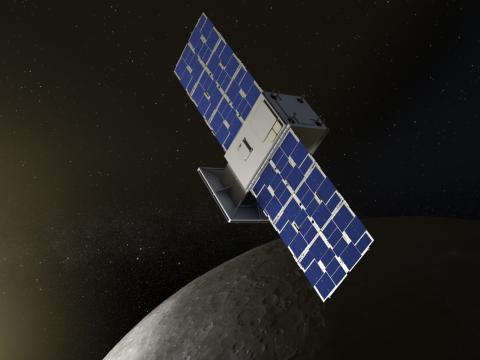
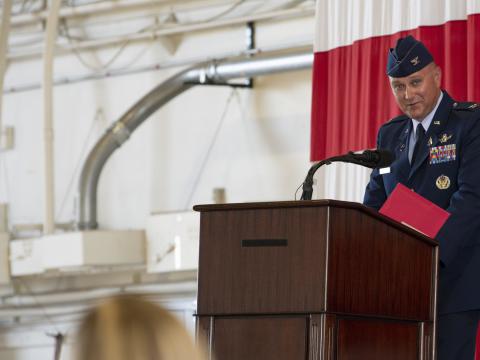

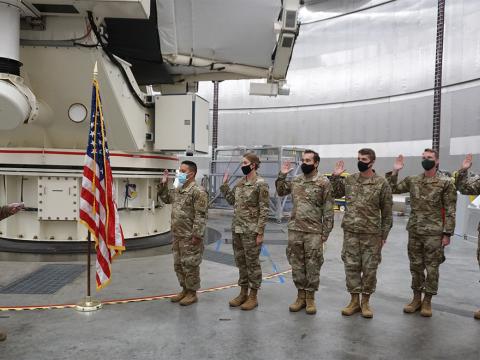
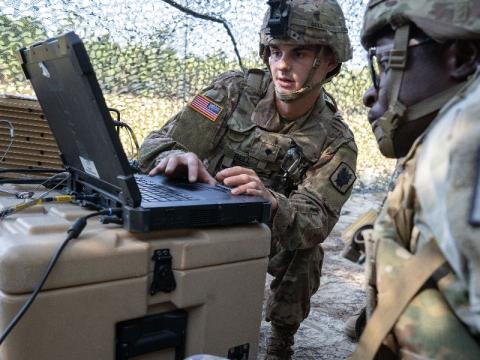
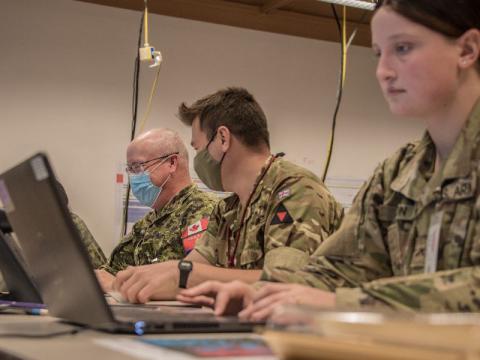
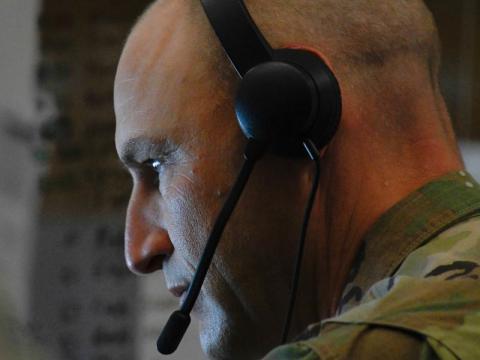
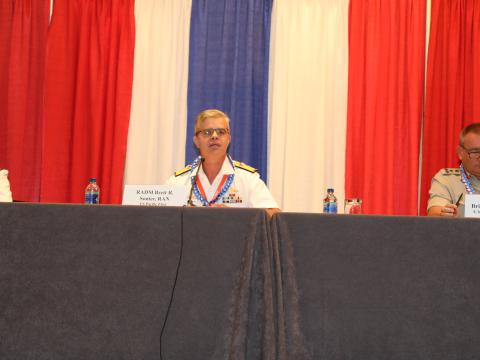

Comments